Europe has many rich and developed countries, but there are also countries that are struggling with low income and poor life quality. Keep reading to know more about top 10 poorest countries in Europe.
Europe is the world’s second-smallest continent, spanning 10,180,000km² (3,930,000 square miles). Europe is located entirely in the Northern Hemisphere and mostly in the Eastern Hemisphere. There are 44 countries in Europe.
World War I and World War II damaged the European economy. During the Cold War, central and eastern European states came under the Soviet Union’s control, forming COMECON (Council for Mutual Economic Assistance). Those that remained free-market states were given a large amount of aid in the United States. The western European states linked their economies together, forming the beginnings of the European Union and increasing border trade. This helped them to rapidly improve their economies, while the COMECON countries were still struggling.
After the collapse of the Soviet Union, communist rule fell in eastern Europe, and countries gradually joined the European Union:
East Germany in 1990
Estonia, Latvia, Lithuania, Czech Republic, Hungary, Poland, Slovakia, and Slovenia in 2004
Bulgaria and Romania in 2007
Croatia in 2013
Today, the European Union economy is the second-largest economy in the world behind China. Several European countries are very wealthy and are among some of the wealthiest globally.
Economic prosperity in Europe, however, varies significantly between countries. The countries that were severely affected by the Soviet Union’s downfall tend to be the poorest today.
Top 10 poorest countries in Europe in 2021
1. Moldova
2. Ukraine
3. Kosovo
4. Albania
5. Bosnia and Herzegovina
6. North Macedonia
7. Serbia
8. Belarus
9. Montenegro
10. Bulgaria
Detailed on top 10 poorest countries in Europe
1. Moldova – Top 10 poorest countries in Europe
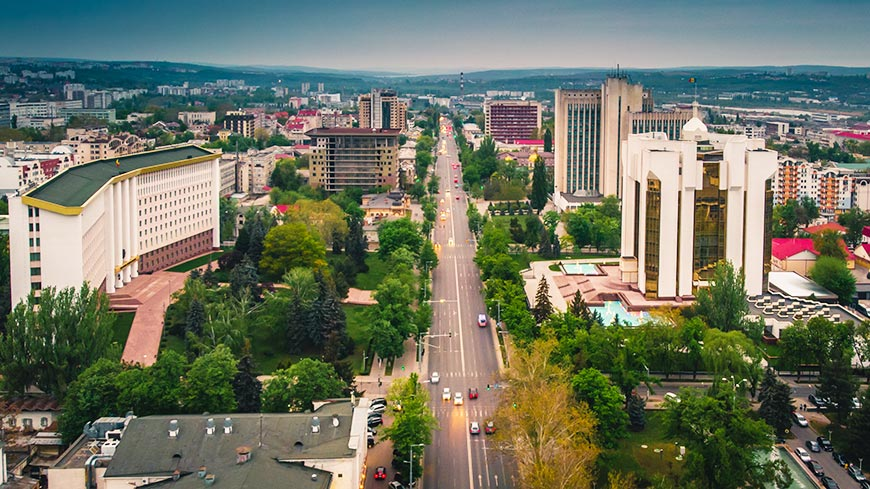 |
| Photo: Getty Images |
Moldova, country lying in the northeastern corner of the Balkan region of Europe. Its capital city is Chișinău, located in the south-central part of the country.
Formerly known as Bessarabia, this region was an integral part of the Romanian principality of Moldavia until 1812, when it was ceded to Russia by its suzerain, the sultan of the Ottoman Empire. Bessarabia remained a province of the Russian Empire until after World War I, when it became a part of Greater Romania, and it reverted to Russian control in 1940–41 and again after World War II, when it was joined to a strip of formerly Ukrainian territory, the Moldavian Autonomous Soviet Socialist Republic, on the left bank of the Dniester River (Moldovan: Nistru) to form the Moldavian Soviet Socialist Republic. Upon the collapse of the Soviet Union in August 1991, this republic declared its independence and took the name Moldova. It became a member of the United Nations in 1992.
Moldova is the poorest country in Europe, with a GDP per capita of $2,289. Part of the USSR, Moldova faced political instability, economic decline, trade obstacles, and other hardships following the Soviet Union’s collapse in 1991. Factors contributing to poverty in the country include lack of large-scale industrialization, food insecurity, economic collapse during the transition into a market economy, and errors in social policy, among other things. Despite being the poorest country in Europe, Moldova made recent progress, with the percentage of the population living below the national poverty line decreasing from 30.2% to 9.6% between 2006 and 2015.
2. Ukraine – Top 10 poorest countries in Europe
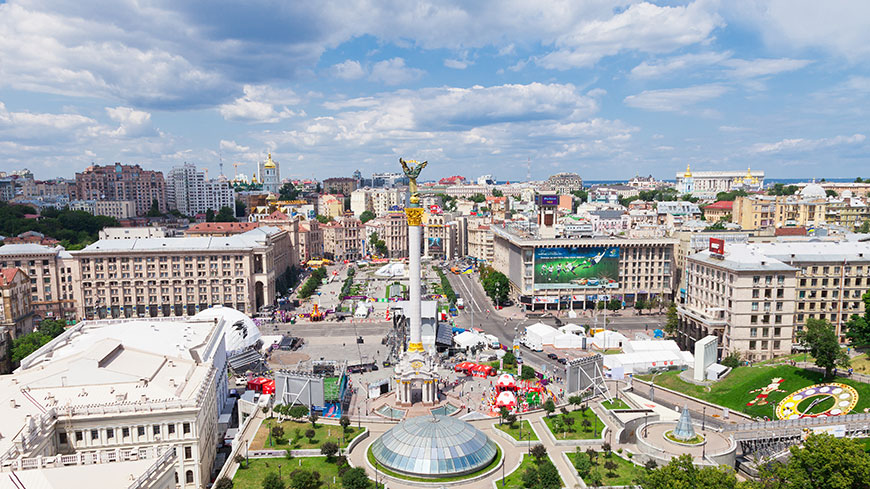 |
| Photo: Council of Europe |
Ukraine is a country in Eastern Europe. It is the second-largest country in Europe after Russia, which it borders to the east and north-east. Ukraine also shares borders with Belarus to the north; Poland, Slovakia, and Hungary to the west; Romania and Moldova to the south; and has a coastline along the Sea of Azov and the Black Sea. It spans an area of 603,628 km2 (233,062 sq mi), with a population of 41.4 million, and is the eighth-most populous country in Europe. The nation’s capital and largest city is Kyiv.
With a per capita GDP of $2,639, Ukraine is the second-poorest country in Europe. Ukraine had the second-largest economy in the USSR; however, after its collapse, Ukraine had difficulty transitioning into a market economy, sending much of the population into poverty. Some of Ukraine’s continuing issues contributing to its poverty are government corruption, Russian aggression (specifically Russia’s illegal seizure of Crimea in 2014), and weak infrastructure.
3. Kosovo – Top 10 poorest countries in Europe
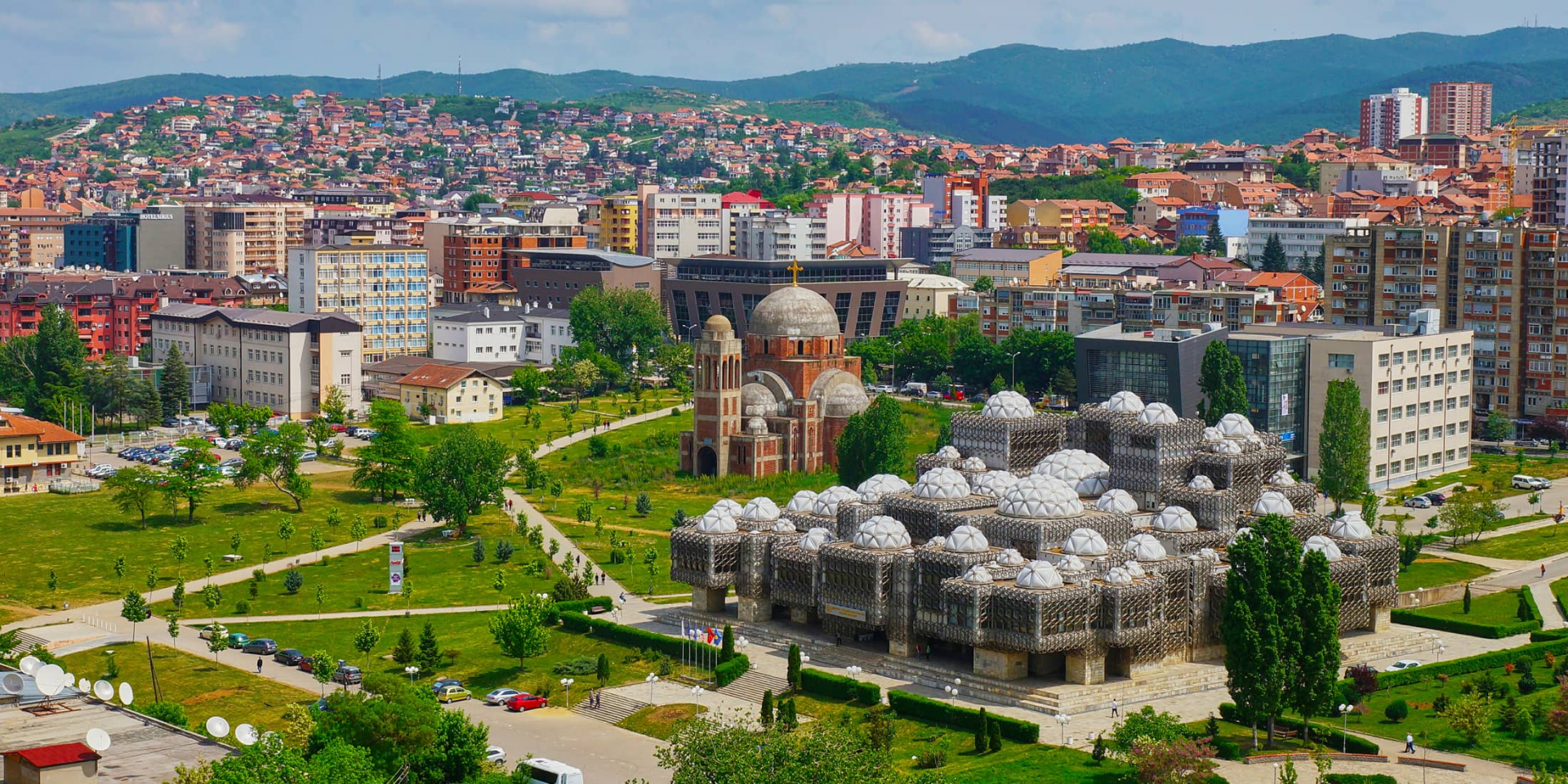 |
| Photo: Globalization Partners |
Kosovo, officially the Republic of Kosovo, is a partially recognised state in Southeastern Europe. It lies at the centre of the Balkans, occupying an area of 10,887 km2 (4,203 sq mi), with a population of 1.8 million; and is bordered by the uncontested territory of Serbia to the north and east, North Macedonia to the southeast, Albania to the southwest, and Montenegro to the west. Kosovo unilaterally declared its independence from Serbia on 17 February 2008, and has since gained diplomatic recognition as a sovereign state by 96 member states of the United Nations. Most of central Kosovo is dominated by the vast plains and fields of Metohija and Kosovo. The Accursed Mountains and Šar Mountains rise in the southwest and southeast, respectively. Its capital and largest city is Pristina.
Kosovo has a per capita GDP of $3,893, making it the third-poorest country in Europe. Kosovo is a partially recognized state that declared itself independent from Serbia in 2008. About 30% of Kosovo’s population falls below the poverty, meaning that about 550,000 people live in poverty. Additionally, Kosovo has an extremely high unemployment rate of 34.8% as of 2016, with a majority of families earning less than 500 Euros per month.
4. Albania – Top 10 poorest countries in Europe
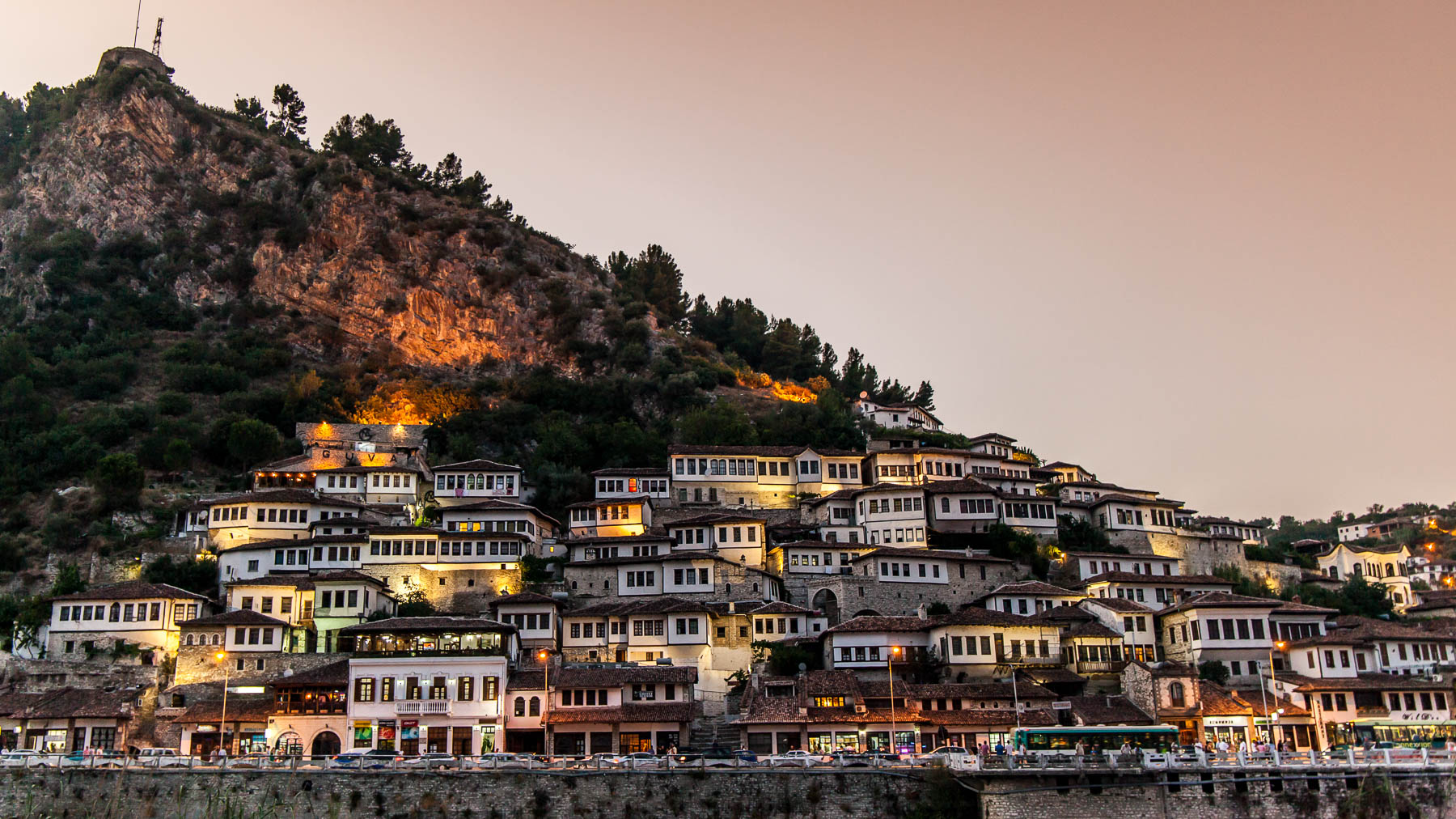 |
| Photo: Getty Images |
Albania, officially the Republic of Albania, is a country in southeastern Europe. It is on the Adriatic and Ionian Sea within the Mediterranean Sea, and shares land borders with Montenegro to the northwest, Kosovo to the northeast, North Macedonia to the east, Greece to the south; and maritime borders with Greece, Montenegro and Italy to the west. Tirana is its capital and largest city, followed by Durrës, Vlorë and Shkodër.
Albania has a GDP per capita of $4,537. After the USSR’s disintegration in the 1990s, Albania shifted from a socialist economy to a capitalist market economy. Although it is the fourth-poorest country in Europe, its economy is continually improving due largely to its rich natural resources, such as oil, natural gas, and minerals, including iron, coal, and limestone.
5. Bosnia and Herzegovina – Top 10 poorest countries in Europe
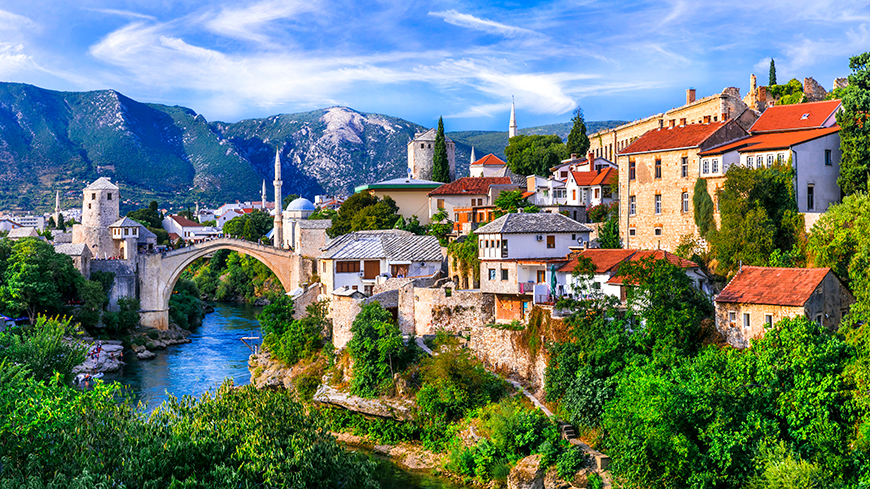 |
| Photo: Council of Europe |
Bosnia and Herzegovina, abbreviated BiH or B&H, sometimes called Bosnia–Herzegovina and often known informally as Bosnia, is a country in South and Southeast Europe, located within the Balkans. Sarajevo is the capital and largest city. Bosnia and Herzegovina is bordered by Serbia to the east, Montenegro to the southeast, and Croatia to the north and southwest. It is not entirely landlocked; to the south it has a narrow coast on the Adriatic Sea, which is about 20 kilometres (12 miles) long and surrounds the town of Neum. The inland Bosnia region has a moderate continental climate, with hot summers and cold, snowy winters. In the central and eastern interior of the country the geography is mountainous, in the northwest moderately hilly, and in the northeast predominantly flatland. The smaller southern region, Herzegovina, has a Mediterranean climate and mostly mountainous topography.
Bosnia and Herzegovina has a GDP per capita of $5,674. The largest cause of poverty in Bosnia is its legacy of war. Before the war and genocide, Bosnia was classified as a middle-income country, and after the conflict between 1992-1995, the country has not bounced back after over 20 years. Additionally, working-age men were the largest group to perish during the war, causing one-in-four households to be headed by women. This causes families to fall into poverty because women are a smaller percentage of the workforce and often get paid less than men.
6. North Macedonia – Top 10 poorest countries in Europe
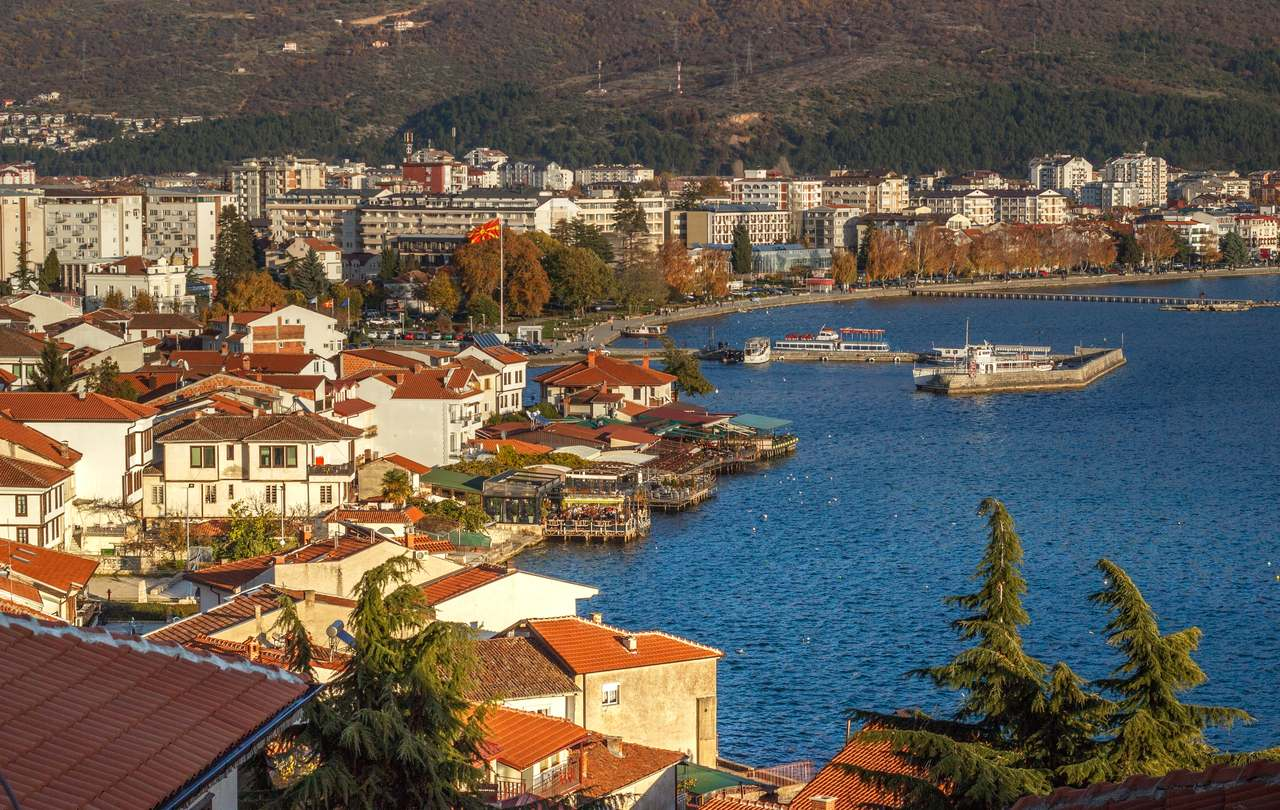 |
| Photo: The travel magazine |
North Macedonia (Macedonia until February 2019), officially the Republic of North Macedonia, is a country in Southeast Europe. It gained independence in 1991 as one of the successor states of Yugoslavia. North Macedonia is a landlocked country bordering with Kosovo to the northwest, Serbia to the north, Bulgaria to the east, Greece to the south, and Albania to the west. It constitutes approximately the northern third of the larger geographical region of Macedonia. Skopje, the capital and largest city, is home to a quarter of the country’s 2.06 million population. The majority of the residents are ethnic Macedonians, a South Slavic people. Albanians form a significant minority at around 25%, followed by Turks, Romani, Serbs, Bosniaks, and Aromanians.
North Macedonia is the sixth-poorest country in Europe. After gaining its independence in 1991, North Macedonia went under dramatic economic change and has gradually improved its economy. Trade accounts for about 90% of the country’s GDP. Despite the policies successfully implemented by the government, North Macedonia still has a high unemployment rate of about 16.6%. At its highest, the unemployment rate was 38.7%. North Macedonia’s per capita GDP is $5,442.
7. Serbia – Top 10 poorest countries in Europe
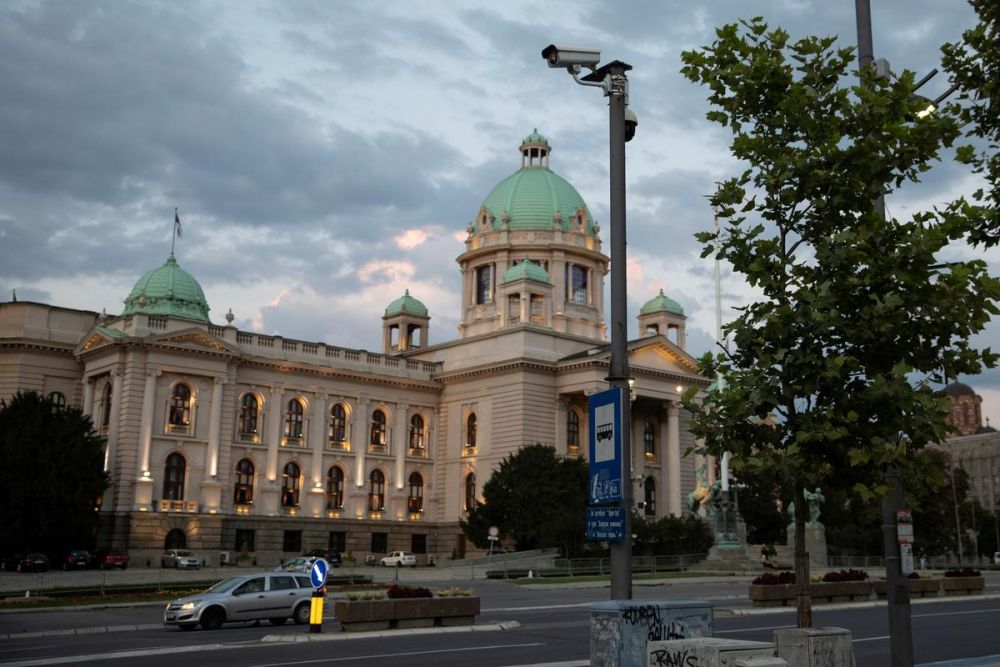 |
| Photo: Getty Images |
Serbia ,officially the Republic of Serbia, is a country at the crossroads of Central and Southeast Europe. It is situated in the southern Pannonian Plain and central Balkans, and borders Hungary to the north, Romania to the northeast, Bulgaria to the southeast, North Macedonia to the south, Croatia and Bosnia and Herzegovina to the west, and Montenegro to the southwest; while claiming a border with Albania through the disputed territory of Kosovo. Serbia has a population of roughly 7 million, of which 1.7 million live in Belgrade, its capital and largest city.
Serbia’s per capita GDP is $5,900. At the beginning of the 2000s, Serbia experienced eight years of economic growth until the global recession in 2008. Serbia’s economy entered a recession in 2009, causing a negative growth rate of -3% in 2009 and -1.5% in 2012 that caused the country’s public debt to double to 63.8% of its GDP. About 25% of Serbians are impoverished. Natural disasters, such as floods and earthquakes, have also significantly slowed down any country’s economic progress.
8. Belarus – Top 10 poorest countries in Europe
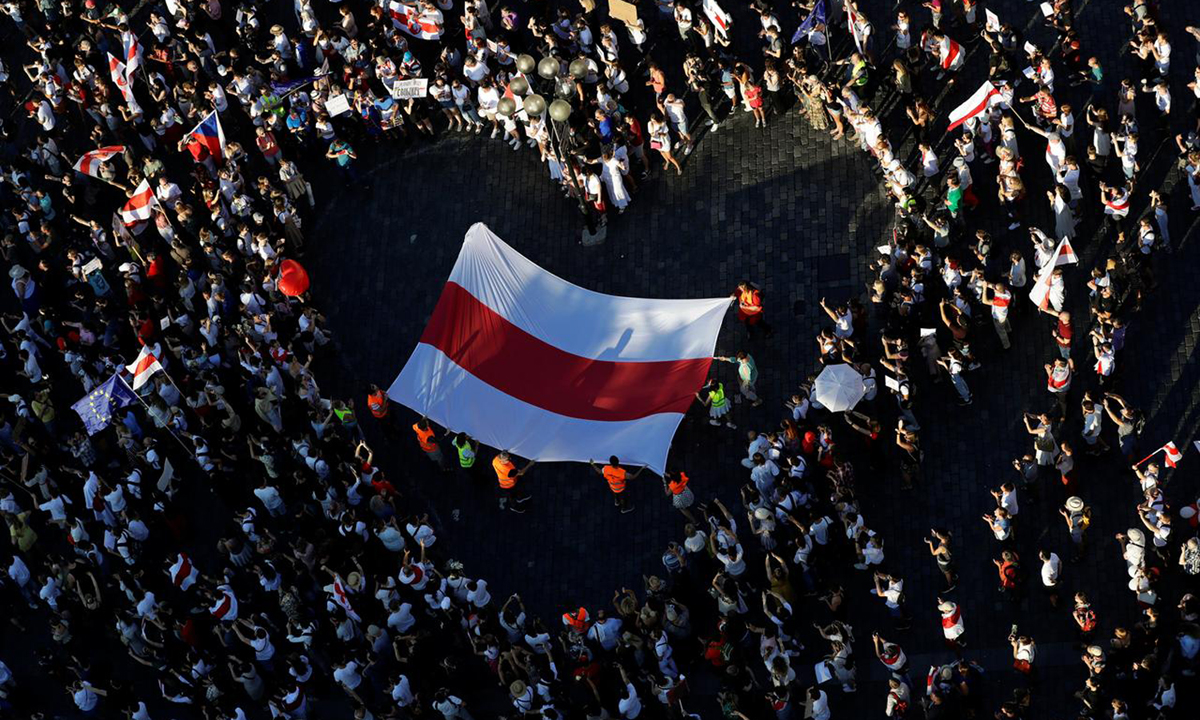 |
| Photo: Getty Images |
Belarus is a landlocked, east-European nation that covers 80,153 squares miles (207,600 square kilometers) of land, sharing borders with Russia, Ukraine, Poland, Lithuania, and Latvia. For the most part, the land itself is either flat and marshy, or forest and the country has several major streams including the Neman, the Pripyat, and the Dnieper. Using the 2017 population of 9.5 million, the population density of Belarus is 118.5 people per square mile (45.8 people per square kilometer), which ranks 132nd in the world.
Like other former Soviet republics, Belarus faced economic trouble following the disintegration of the USSR. In the years before, Belarus had a strong economy and one of the highest living standards among Soviet republics. During the following years, Belarus faced economic hardship until 1996, when the economy began to recover. Between 2006 and 2011, when many countries in Europe felt the effects of the recession, Belarus’s expenditures among its bottom 40% of people increased. The country’s per capita GDP is $6,283.
9. Montenegro – Top 10 poorest countries in Europe
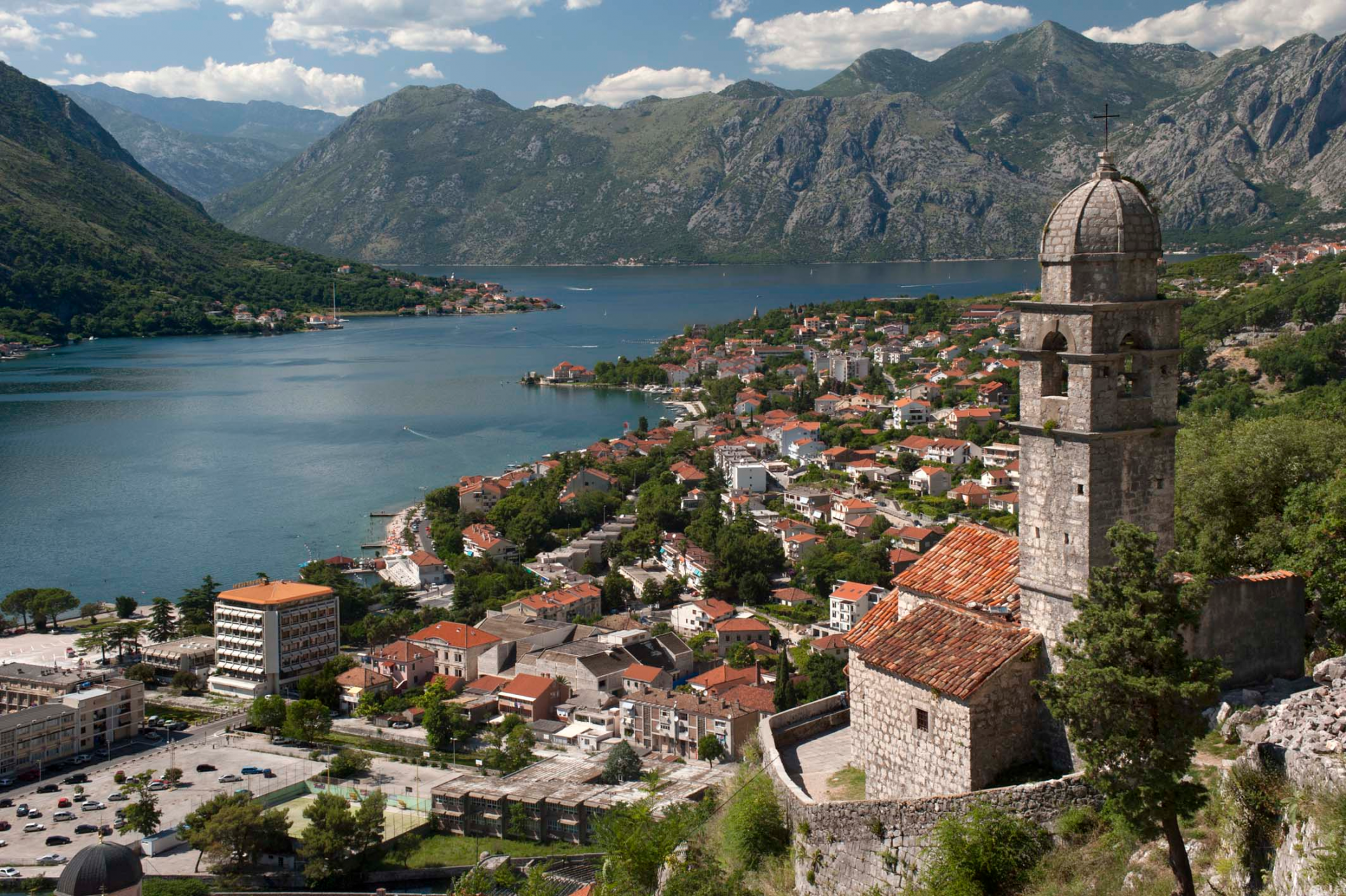 |
| Photo: Getty Images |
Montenegro is currently experiencing a declining population that alternates with stagnant growth. The estimated population of 621,000 in 2014 compares to the 625,000 population three years ago, and 620,000 in 2003. The country’s population has barely changed since the late 1980’s.
Montenegro’s per capita GDP is $7,669. Montenegro’s economy is small and relies upon energy industries. Urban expansion and deforestation have eroded the country’s natural resources, making it vulnerable to resource depletion. Additionally, gender and age discrimination cause large gaps in income, particularly for women. Internally displaced persons and refugees comprise about 50,000 of the population. They are among the poorest in the country, with a poverty rate that is roughly six times higher than the average national poverty rate of 8.6%.
10. Bulgaria – Top 10 poorest countries in Europe
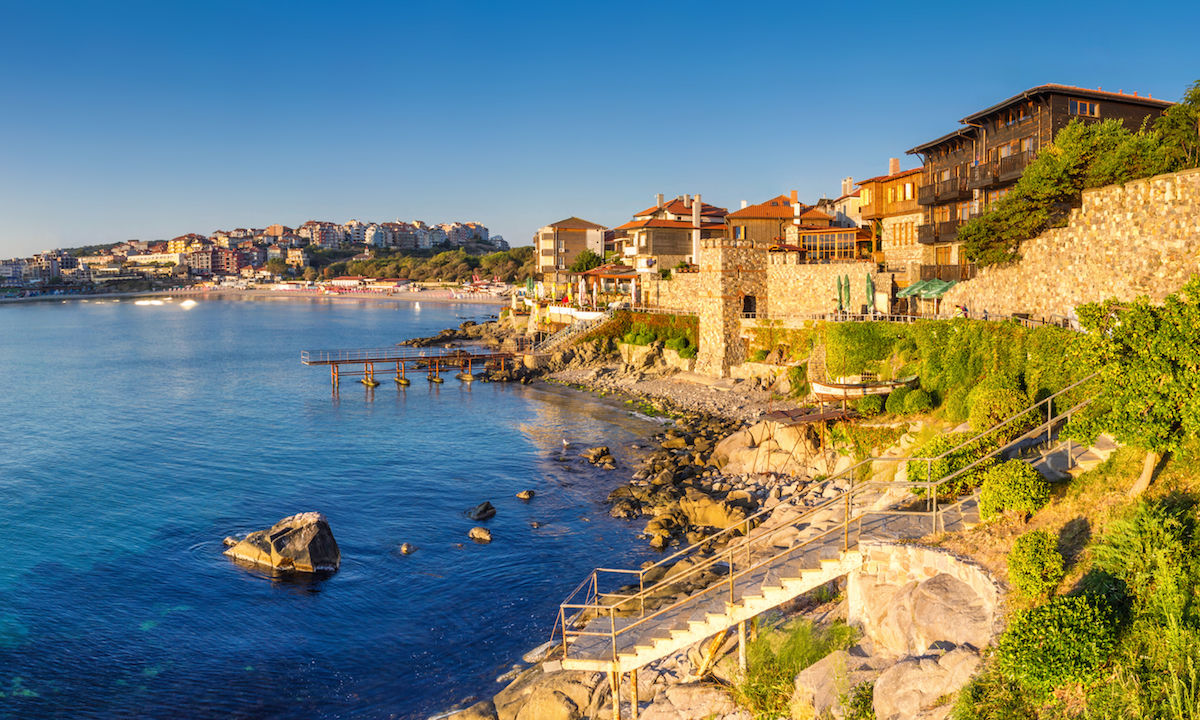 |
| Photo: Getty Images |
Bulgaria, officially Republic of Bulgaria, Bulgarian Republika Bŭlgariya, country occupying the eastern portion of the Balkan Peninsula in southeastern Europe. Founded in the 7th century, Bulgaria is one of the oldest states on the European continent. It is intersected by historically important routes from northern and eastern Europe to the Mediterranean basin and from western and central Europe to the Middle East. Before the creation of the Bulgarian state, the empires of ancient Rome, Greece, and Byzantium were strong presences, and people and goods traveled the land with frequency.
Bulgaria is the tenth-poorest country in Europe, with a per capita GDP of $8,031. After losing its primary market, the Soviet market, in the 1990s, the attempt to establish a democratic government and a free-market economy further destabilized Bulgaria’s economy. After years of financial growth, Bulgaria’s economy was taken down again by the 2008 financial crisis. Bulgaria is the poorest country in the European Union, with more than 41% of Bulgarians at risk of falling into poverty and almost 10% of Bulgarians being extremely poor.
 Top 10 Most Expensive States To Live In The U.S Top 10 Most Expensive States To Live In The U.S
The United States covers 50 states spread across millions of square miles. Each state has its own culture and climate, as well as higher or … |
 Top 10 Richest UFC Fighters Of All Time Top 10 Richest UFC Fighters Of All Time
UFC has risen to become more popular than boxing in recent years, and the fighter’s net worths are starting to reflect that fact. Here is … |
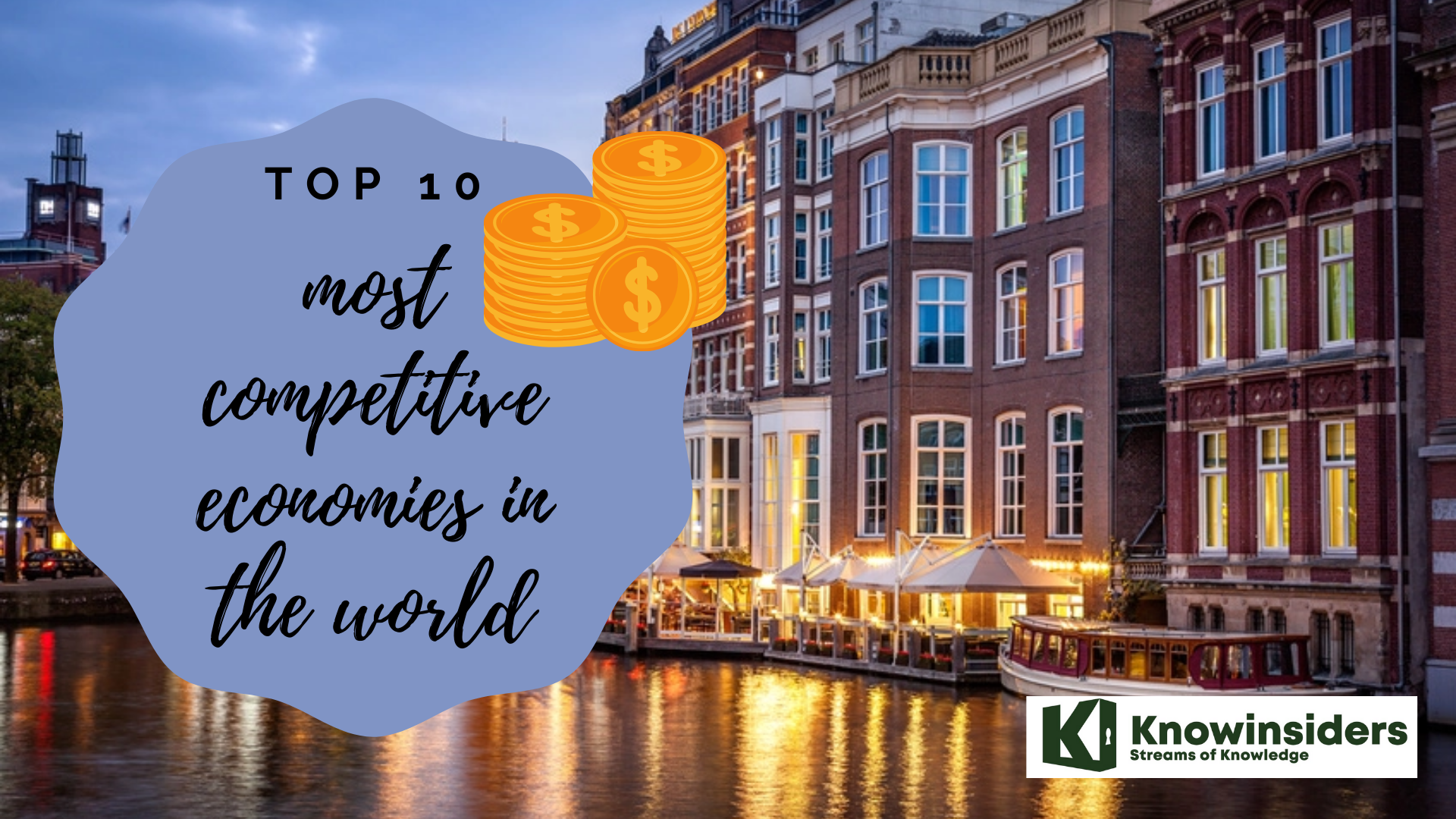 Top 10 Most Competitive Economies In The World Top 10 Most Competitive Economies In The World
Many countries in the world has become the fastest growing economies, and here, we provide you a list of top 10 most competitive economies in … |
 Surprising Facts ‘Top 20 Most Expensive Cities’ To Live in the World Surprising Facts ‘Top 20 Most Expensive Cities’ To Live in the World
The Mercer Cost of Living Survey 2021 has named a somewhat surprising list as the top most expensive cities to live in the world. |

